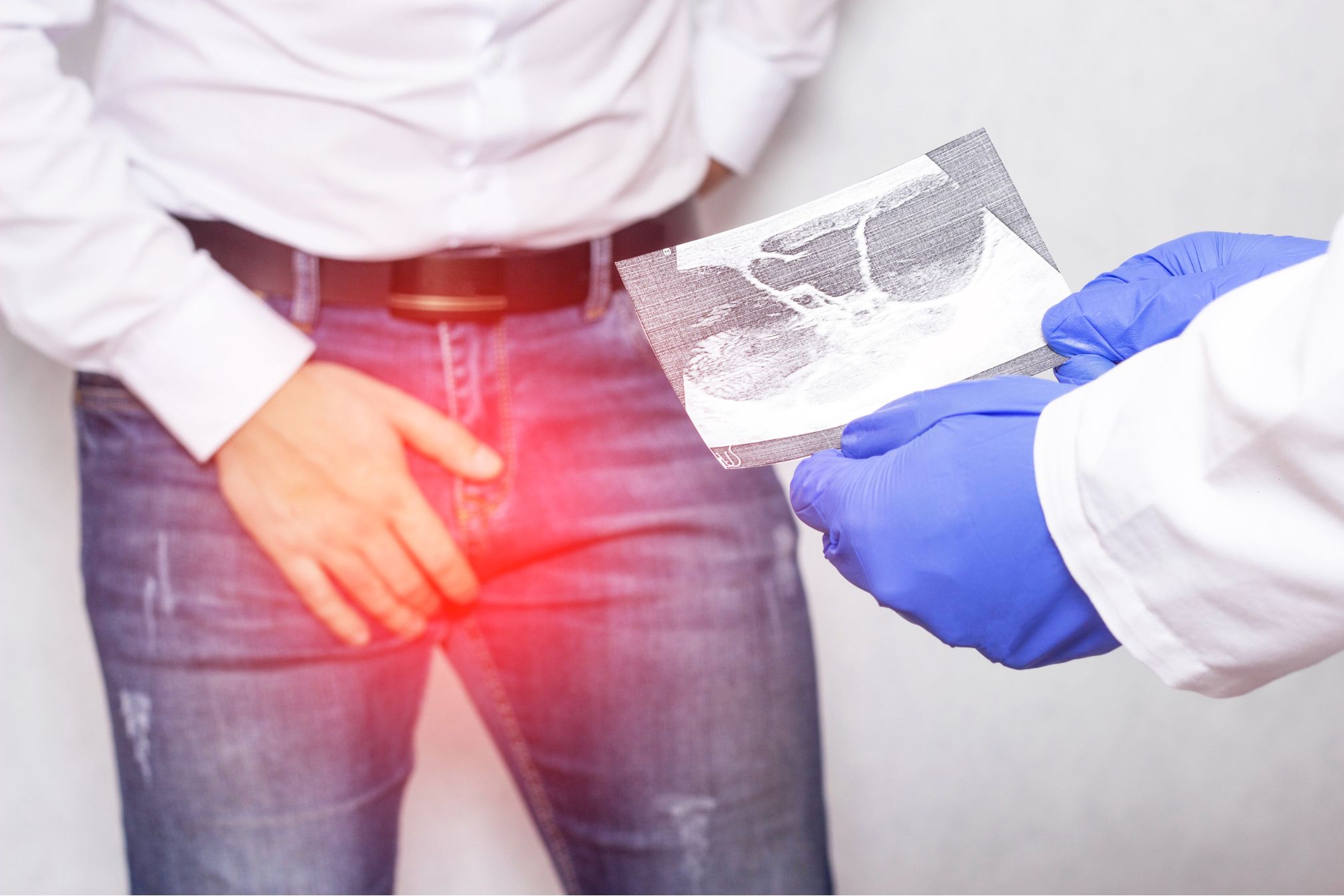When it comes to tackling kidney stones, ultrasound kidney stone treatment is a phrase that’s become increasingly common in medical circles. This innovative approach harnesses the power of ultrasound technology to enhance the effectiveness of stone removal procedures, offering patients a less invasive and highly precise treatment option. Let’s dive into how ultrasound guides kidney stone treatment, why it’s a game-changer, and what you can expect from this cutting-edge procedure.
Understanding Kidney Stones
Kidney stones are hard deposits made of minerals and salts that form inside your kidneys. They can vary in size, from as small as a grain of sand to as large as a golf ball. Passing these stones can be excruciatingly painful and may lead to complications if not treated promptly. Traditional treatments often involve surgical intervention or other invasive methods, but ultrasound-guided procedures are revolutionizing how we address this common issue. Ultrasound technology uses sound waves to create images of the inside of your body. For kidney stone treatment, this imaging technique provides real-time visuals of the kidneys and urinary tract, allowing doctors to precisely locate and target stones. But how does this process unfold? Let’s break it down.
Prepping for the Procedure
Before starting the treatment, patients typically undergo a series of preparatory steps. The doctor will ask you to lie on an examination table, and a gel will be applied to the area where the ultrasound probe will be placed. This gel helps improve contact between the probe and your skin, ensuring clear and accurate imaging.
Real-Time Imaging
The ultrasound probe emits high-frequency sound waves that bounce off internal structures, including the kidney stones. These echoes are captured and transformed into real-time images displayed on a monitor. This imaging allows the physician to see the exact location and size of the stones, making it easier to plan the most effective treatment strategy.
Treatment Options
There are two primary methods that often utilize ultrasound guidance for kidney stone treatment:
Extracorporeal Shock Wave Lithotripsy (ESWL)
ESWL is a non-invasive procedure that uses shock waves generated outside the body to break kidney stones into smaller pieces. Here’s how ultrasound comes into play:
- Targeting the Stones: The ultrasound images help pinpoint the exact location of the stones. This precision ensures that the shock waves are directed accurately, minimizing damage to surrounding tissues.
- Monitoring Progress: Throughout the procedure, ultrasound is used to monitor how the stones are responding to the shock waves. Adjustments can be made in real-time to improve the effectiveness of the treatment.
Percutaneous Nephrolithotomy (PCNL)
For larger stones or cases where ESWL is not suitable, PCNL may be used. This minimally invasive surgical procedure involves making a small incision in the back to access the kidneys. Here’s where ultrasound guidance shines:
- Navigating to the Stones: Ultrasound helps guide the nephroscope and other instruments to the stones, allowing for precise removal or fragmentation.
- Ensuring Accuracy: By visualizing the stones and surrounding structures, ultrasound aids in avoiding damage to critical areas, ensuring a safer procedure.
The Benefits of Ultrasound Guidance
The use of ultrasound to guide kidney stone treatment comes with several advantages:
Non-Invasive and Precise
One of the major benefits is that it’s non-invasive. For ESWL, there’s no need for incisions, which reduces recovery time and the risk of complications. The precision offered by ultrasound imaging ensures that the treatment is focused and effective.
Reduced Radiation Exposure
Unlike some imaging techniques, such as CT scans, ultrasound does not involve radiation. This makes it a safer option, particularly for repeated use or for patients who need multiple treatments.
Enhanced Patient Experience
Patients undergoing ultrasound-guided treatments often report a more comfortable experience. The procedure is usually quicker and requires less downtime, allowing you to get back to your daily routine faster.
Real-Life Examples: Success Stories
To give you a clearer picture of how ultrasound-guided kidney stone treatment works in practice, let’s look at a few real-life scenarios:
Case Study 1: Sarah’s Relief from ESWL
Sarah, a 35-year-old mother of two, had been struggling with kidney stones for months. The pain was unbearable, and traditional treatments didn’t seem to help. Her doctor recommended ESWL guided by ultrasound. The procedure was a success, and Sarah was thrilled to be pain-free just days later. The precision of the ultrasound ensured that the shock waves targeted the stones perfectly, breaking them down effectively.
Case Study 2: James’s PCNL Journey
James, a 50-year-old with larger kidney stones, needed a more invasive approach. His surgeon used ultrasound guidance during a PCNL procedure to navigate to and remove the stones. The real-time imaging allowed for a targeted approach, and James experienced a smooth recovery with minimal complications.
What to Expect After Ultrasound-Guided Treatment
After undergoing an ultrasound-guided kidney stone treatment, you might experience some discomfort, but it should be manageable. Here’s what you can typically expect:
- Hydration: Drinking plenty of fluids helps flush out any remaining stone fragments.
- Follow-Up Appointments: Your doctor may schedule follow-up visits to ensure that the stones have been completely cleared and to monitor your recovery.
- Activity Level: Most patients can resume their normal activities within a few days, but it’s essential to follow your doctor’s advice regarding physical activity and lifestyle changes.
Conclusion
In summary, “ultrasound guides kidney stone treatment” represents a significant advancement in medical technology. By using ultrasound to provide real-time imaging, doctors can offer more precise, effective, and less invasive treatments for kidney stones. Whether it’s through ESWL or PCNL, the benefits of ultrasound guidance—such as reduced radiation exposure and enhanced patient comfort—are making a real difference in the lives of those suffering from kidney stones.
So, if you or someone you know is dealing with kidney stones, consider exploring ultrasound-guided treatments. With this modern approach, relief from kidney stones is not just a possibility but an achievable reality.










